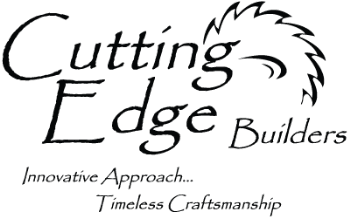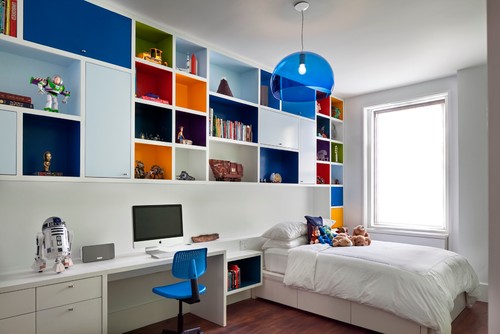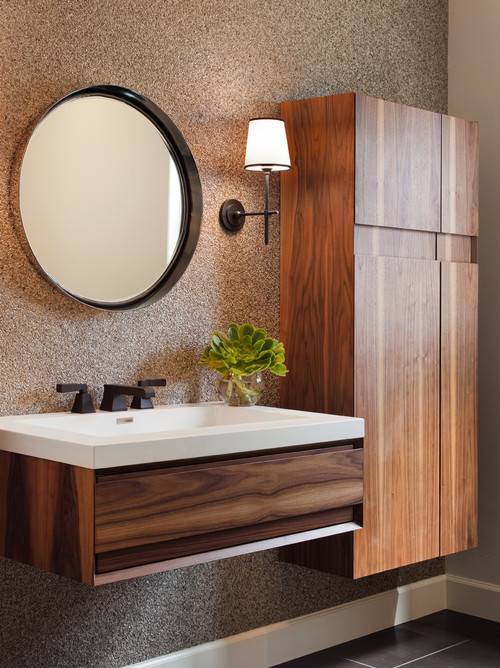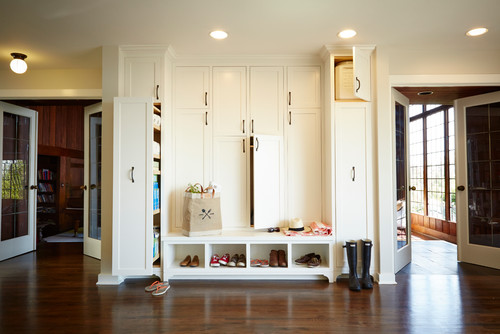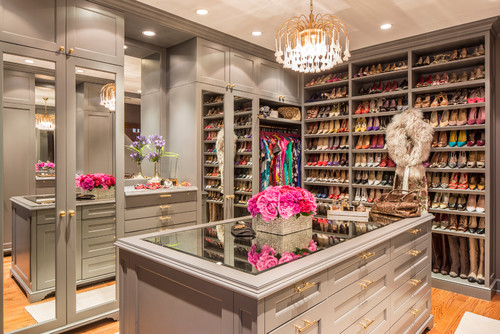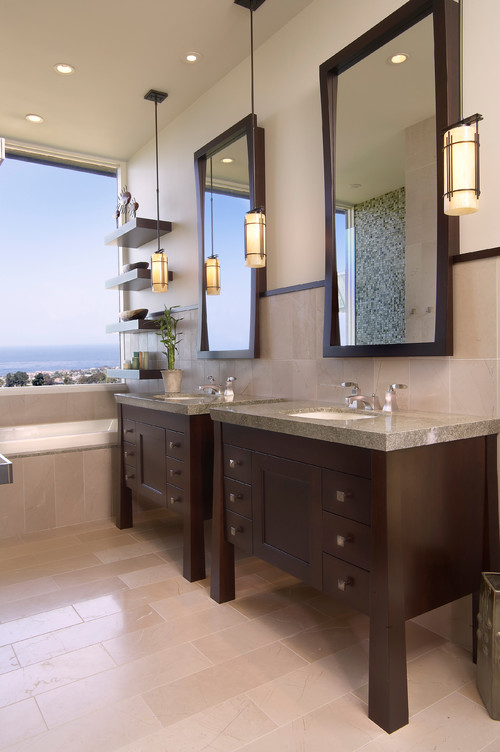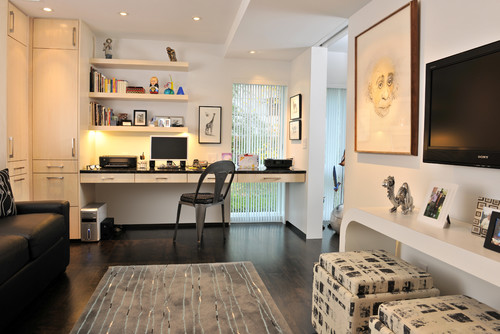Cabinets 101: How to Get the Storage You Want
Cabinets are the critical, final piece of a finished home. They transform empty space into living space. They provide pizazz, substance and, above all, organization for all kinds of things, from kitchen plates to bathroom towels to living room media equipment. But poorly designed cabinets can be frustrating, a waste of money and a visual blemish on an otherwise lovely design.
Our cabinet series will help you navigate the process of choosing well-designed cabinets for your home. To kick off the series, let’s go over some of the basics you’ll want to keep in mind as you embark on selecting cabinet style, materials and more.
Project: New cabinets Why: To improve the style and function of your home First thing to consider: Determine the scope of your project and decide how many cabinets you’ll be designing and installing. If designing for an entire home, you have the opportunity to create a uniform cabinet package that suits the style of your home and complements it throughout its living spaces. If your cabinet project consists of just one room (or a section of your home), you need to decide if the new cabinets should contrast with what exists or blend in.
What Do You Want Your Cabinets to Accomplish? New cabinets serve different purposes for different people. If you’re building a new home, new cabinets are a necessity but also a stylistic opportunity. On the other hand, when remodeling a kitchen you might be more concerned with creating an efficient workspace around a package of new appliances, or perhaps you’re most interested in achieving a specific style, like that white farmhouse kitchen you’ve been dreaming of. More often than not, a balance needs to be struck between style, functionality and cost. You should start by prioritizing your desires and acknowledging any constraints you face, such as timing, cost and the structural realities of your home.
Design 101 Cabinet designers need to balance two things: style and function. With garage cabinets, for example, storage and function are probably much more important than style. For a powder room vanity, the function (a place to wash your hands) is easily achieved, and style becomes the more important factor, which is why we see such a wide variety in powder room vanity styles. They all meet the functional criteria, but the look is limited only by the imagination. In just about all other areas of the home, we see more of a balance between the functionality of the cabinets and the look and feel of the space. A good cabinet designer understands the basic functional requirements for different types of cabinets (media, kitchen, display) and fulfills them with seeming effortlessness while also providing fresh design.
Function Basics So what are the basic rules a cabinet designer needs to understand? The truth is, this is where a good designer really earns his or her money, because there are far too many rules to list here, but the main one is that the functionality of the entire cabinet package should not be compromised. As an example, here are just a few of the guidelines designers follow for kitchen cabinets: Base cabinet depth of 24 inches Base cabinet height of 36 inches 18 inches of space between base top and upper cabinets 12 inches minimum depth for upper cabinets Consider the work triangle path between the sink, cooktop and refrigerator, not to exceed 26 feet total But here’s the catch: When it comes to rules (and this isn’t even the tip of the iceberg on them), each can be broken to a greatly improved effect. The point is, a good designer knows all the basic rules and also understands where they can be adjusted to benefit your functionality and design. A good designer understands how rules can be bent to accommodate various styles while maintaining basic functionality. After all, if cabinets don’t function, the homeowner will surely be unhappy with the design in the long term.
Style Basics When you factor in all the stylistic possibilities for a cabinet plan, the sky is the limit. But we can break the choices down into a few general categories. (We’ll also review these details in more depth in a future article.) Cabinet construction style. This basically relates to the method of construction and the type of frame created for the body of your cabinets. Basic construction styles include face frame cabinetry (with 1½-to-2-inch-wide stile and rails, also called border frames) and Euro style (with no frame around the edge of the cabinet box). There are variations on these styles, such as basic overlay, mini-frame (which achieves a look similar to Euro style) and inset door construction. Door styles. The basic cabinet door styles include Shaker, beaded, flat, raised panel and arched, but there are really too many to name here, from traditional to modern to everything in between. Just know that door style makes a huge impact on the look of your cabinets. Material type. Your material choice matters greatly to the look of stained cabinets, while for paint-grade cabinets, solid wood material relates more to the quality of construction. Stained oak, cherry and alder are three commonly used materials (there are many others) and each takes stain and shows wood grains differently. Finish. This is the paint or stain coating applied to finish the cabinet veneer. Your finish might be painted or stained and might have a heavy sheen (even an automotive-quality finish) or a duller, distressed look (sometimes with grooves and scratches purposely applied to the cabinets to make them look old). The most typical sheen level is semigloss or satin. These decisions, combined with other possible design elements — such as cabinet shape, height, added moldings and countertop material (slab or tile countertops are not typically considered to be cabinetry, but have a great impact on the usability and look of the cabinet) — all contribute to cabinet style, and are certainly among the most influential on the look of your home.
Who to Talk To Your cabinet designer can be an architect, design consultant, contractor, cabinet shop professional or a specialty cabinet design professional. In any case, you want to look carefully at the designers’ experience and referrals, and visually inspect some of their past work. There are many high-quality professionals designing sound cabinet plans for homes, but fewer who truly combine a fresh perspective with that experience. In addition to comparing reviews, one of the best ways to ensure a good job is to interview past clients to confirm their satisfaction.
Types of Cabinets Custom, semi-custom and stock (off-the-shelf) cabinets are your options. There’s a wide variation in quality available in all of these types, and we’ll detail and review the categories (and construction quality variables) in subsequent installments of this series. As a general rule, custom cabinets allow greater flexibility and quality at higher cost. Semi-custom is probably the most commonly used category; it offers a set of styles, colors and sizes to the homeowner. Stock cabinets are typically cheapest and are available online or off-the-shelf in many stores. It’s difficult to design a kitchen around stock cabinets without a serious effect on the functionality of the space, but stock cabinets can be a good choice for stand-alone or mere storage cabinets. The prefabricated vanities seen here are stock cabinets. This is often a very efficient and cost-effective choice for bathroom vanities, as there are many styles and sizes available. Often, the countertop, sink and even the mirror are included in the package, helping to lower the cost.
Cost The potential cost of cabinets varies widely. If you’re picking up a stock cabinet at your local hardware store, you might pay as little as $50 to $100 per linear foot. If it’s a custom job, with specialty moldings, panels, high-quality materials and bells and whistles like display sections, spice racks, wine storage and other upgrades, then you may need to open your wallet and get ready to dig deep. Here’s a ballpark breakdown: Stock ($50 to $500 per linear foot) Semi-custom ($100 to $1,000 per linear foot) Custom ($500 to $2,000 and up per linear foot)
Time Custom and semi-custom cabinets take time to design, construct and install. With stock cabinets, the construction and design time is avoided — just grab them off the shelf or wait a few days for shipping. Still, even fully assembled custom, semi-custom or stock cabinets require installation, which, depending on the complexity of the job, isn’t always simple. Cabinets shipped in a ready-to-assemble state will require assembly time in addition to installation time. If you’re designing a new kitchen, expect the design time to take at least two to three weeks; construction time will probably take another four to eight. Installation can sometimes be completed in a day; in other cases, it may take a week or so. Keep in mind that we’re talking only about the cabinets here. Other elements, such as counters, floors, trim elements and electrical and plumbing work might all add time to your project and affect the cabinet work.
DIY Yes, you can pick up a garage cabinet at Lowe’s and install it yourself. No, you cannot fabricate your own cabinets, unless you’re a woodworking guru with a lot of time on your hands. Yes, there are some contractors who will actually construct cabinets in the field, and in some cases there is a blurred line between what is shelving and what is a cabinet. But in general, cabinets are constructed by professionals in controlled environments with equipment and experience that cannot easily be acquired by most of us. Permitting Process As always, check with your local building jurisdiction. If you’re installing a garage cabinet yourself, you probably don’t need a permit, but for most large cabinet jobs, a permit is required. If you install a whole new kitchen without a permit, you’re asking for trouble. It will look bad at resale and can be dangerous, putting your home and family at unnecessary risk.
When to Start Cabinet work can start at any time, but if it’s a large job, make sure you’ve figured out your temporary living requirements. If you’re staying home during a kitchen remodel, the job can feel like it will never end, and you might get pretty tired of the menu at the local diner. Up Next How to choose your cabinets? Stock, semi-custom or custom? Overlay, Euro frame or inset construction? We break down the pros and cons of the different options and help you pick the right cabinets for your home.
Posted on 02/18/2018 at 08:00 AM
